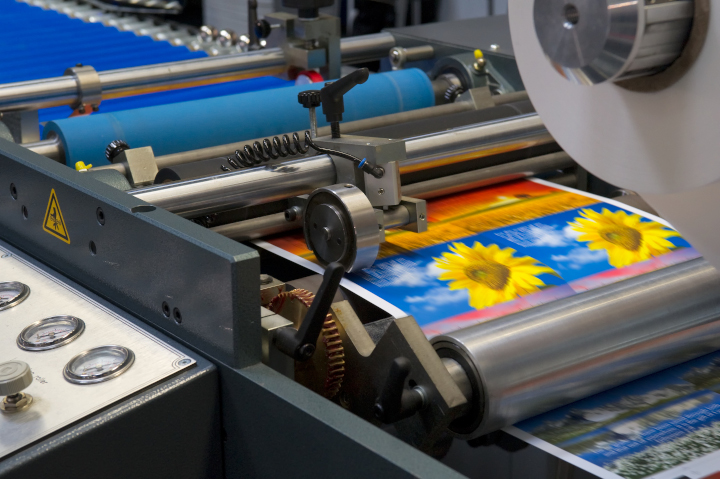In the vibrant world of publishing, offset printing for magazines remains a cornerstone, offering a blend of quality and efficiency. As the publishing industry evolves, understanding the nuances of offset printing becomes crucial, especially for marketing professionals keen on leveraging print media. This article delves into the intricacies of this printing method, its benefits, and its role in the magazine industry.

Understanding Offset Printing
Offset printing is a widely used technique where the inked image is transferred from a plate to a rubber blanket and then to the printing surface. This method is preferred for its high-quality output and cost-efficiency in large-scale productions.
How Does Offset Printing Work?
The process begins with creating a plate, usually made of aluminum, which holds the image of the content to be printed. This image is then transferred to a rubber blanket before finally being applied to paper. This indirect method of printing ensures that the plates have a longer life, which is beneficial for long print runs typical in magazine production.
The Role of Offset Printing in Magazines
Offset printing for magazines plays a pivotal role due to its ability to produce high-quality images and text. This is essential in a medium where visual appeal is paramount. Magazines often feature detailed photographs and intricate illustrations, making the precision of offset printing indispensable.
Benefits of Using Offset Printing for Magazines
- Color Fidelity: Offset printing offers superior color reproduction, ensuring that images are vibrant and true to the original design.
- Cost-Effectiveness: For large print runs, offset printing is more economical compared to digital printing.
- Versatility: This method can print on a variety of paper types and sizes, adding flexibility to magazine production.
Offset Printing vs. Digital Printing
While digital printing has become popular for smaller runs and personalized prints, offset printing remains the preferred choice for magazines due to its scalability and quality. To explore the differences further, you can visit this detailed comparison of digital and offset printing.
Environmental Considerations
With increasing awareness of environmental issues, offset printing has adapted to become more eco-friendly. Many printers now use soy-based inks and recycled paper, reducing the environmental impact of magazine production.
Challenges in Offset Printing
Despite its advantages, offset printing comes with challenges, such as the initial cost of setup and the need for skilled operators. However, the benefits often outweigh these challenges, especially in large-scale magazine production.
Technological Advancements
Recent advancements have made offset printing more efficient and precise. Automated processes and improved drying systems have enhanced the speed and quality of print jobs. For more on technological updates, check out drying systems in modern presses.
Offset Printing and the Future of Magazines
As digital media grows, the magazine industry faces new challenges. However, print remains a vital part of the media landscape. The tactile experience of a printed magazine, combined with the quality of offset printing, continues to attract readers.
Integration with Digital Platforms
Many magazines now integrate their print versions with digital platforms, offering readers a holistic experience. Print and digital can complement each other, expanding reach and engagement.
For insights into how other forms of print media are adapting, explore our article on offset printing for newspapers.
Conclusion
In conclusion, offset printing for magazines remains a crucial component of the publishing industry. Its ability to deliver high-quality, cost-effective prints ensures its relevance in an increasingly digital world. As technology evolves, so will the techniques and efficiency of offset printing, securing its place in the future of magazine publishing.

FAQ Section
Why is offset printing preferred for magazines?
Offset printing is preferred for magazines due to its superior color accuracy and cost-effectiveness in large print runs.
What are the environmental benefits of offset printing?
Many offset printers use eco-friendly inks and recycled paper, reducing the environmental impact of printing.
How does offset printing compare to digital printing for magazines?
While digital printing is suitable for small runs and personalized content, offset printing offers better quality and cost-efficiency for large productions.
This article contains affiliate links. We may earn a commission at no extra cost to you.






